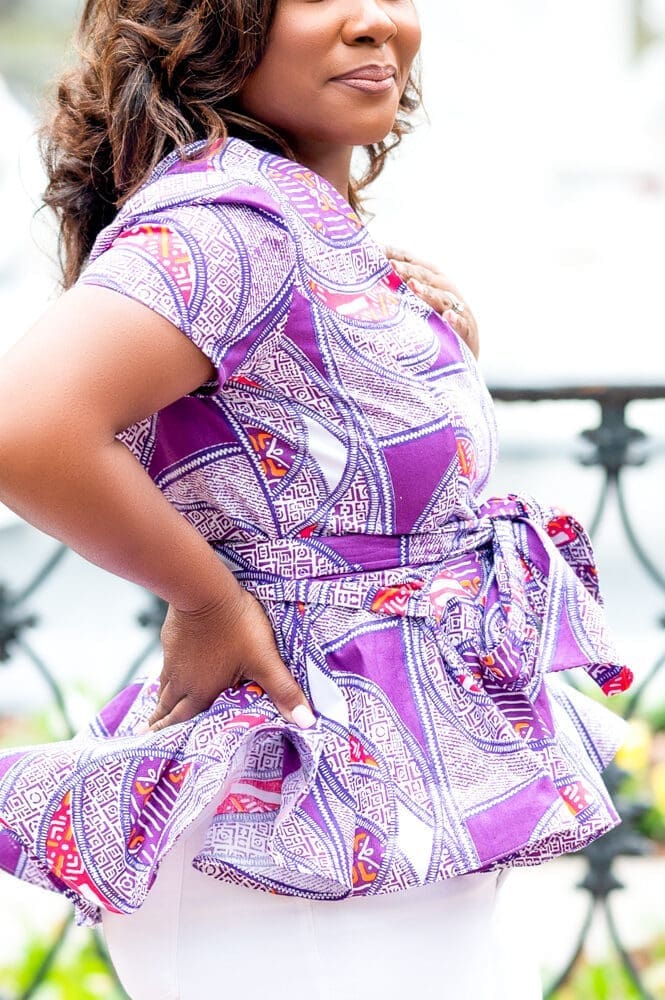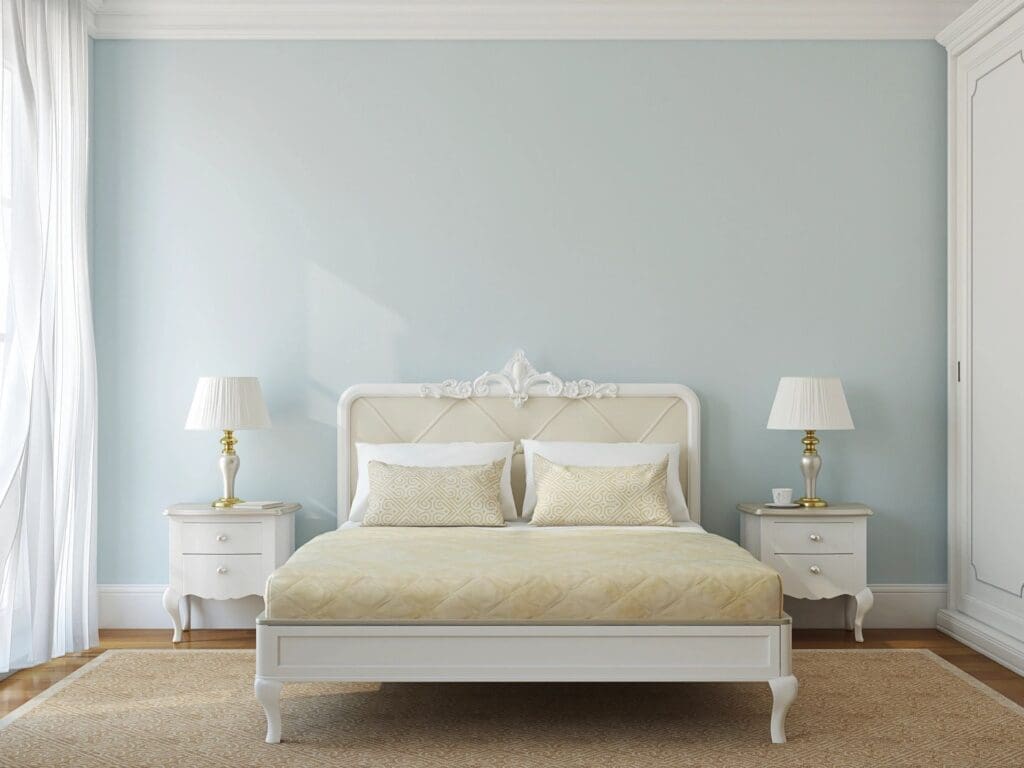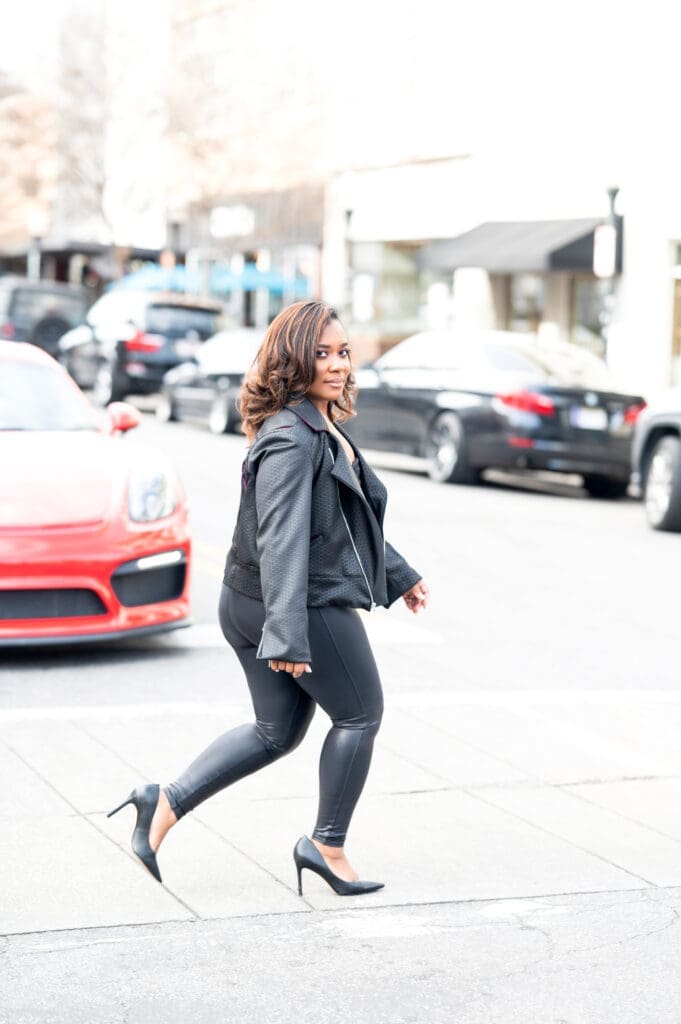McCalls 7356, How to Hack Creative Juices with S.A.D.

I’m starting to interconnect my worlds- the creative and the medical-scientific worlds. Incoming testimony: “Hi, my name is Shontae, and I’m a Creative with Seasonal Affective Disorder.” In the winter months, cranking out my best can be a challenge. When making the previously referenced McCall’s 7356 below, I remember literally breaking down and crying because I wanted to sew it so badly, but my body and mind would not do what I wanted them to do.

I was tired, fatigued even, at 6 pm. At that moment, I turned on every single light, not wanting to give in to any caffeine craving late in the evening because of its intense disruption of REM sleep.
What is Seasonal Affective Disorder (SAD)?
Seasonal affective disorder (SAD) is a type of depression or mood disordered triggered by changes in seasons. Naturally, seasonal affective disorder will and does affect a person’s creativity and energy. It was first pinned in the mid-1980s by psychiatrist Norman Rosenthal. Specifically, it affects millions of people with seasonal affective disorder, especially those who live in climates with darker, colder days. People living in darker cooler climates (think Seattle) are more susceptible, but anyone can be affected.
Decreased natural light during the winter is the culprit. Symptoms include low mood, hopelessness, fatigue, and social withdrawal. Indeed, it is a form of depression. It can also include difficulty concentrating, having poor focus, and or losing interest in things you once enjoyed. One of my main symptoms is sleepiness and oversleeping, as mentioned above.

For creatives, the last sentence can be an absolute disaster. Moreover, It can also occur during warmer months when an individual is deprived of natural light. Most individuals can diagnose themselves, and treatment includes phototherapy with a specific type of light, therapy, and sometimes medications.
It can also include difficulty concentrating, having poor focus, and or losing interest in things you once enjoyed. For creatives, the last sentence is an absolute disaster.
How does it Affect Creativity?
Many scholarly papers acknowledge some I’ll definite connection between mood disorders and creativity and, to some extent, the blunting effect of medications on creativity. Several famous creatives, such as van Gogh, acknowledge how light deprivation affected creative juice flow.
Conversely, some believe that the moodiness of such disorders makes you more creative. It’s almost like you can get into your feelings. Now I’m not saying that you should use this disorder to bring out your creative juices, but it might happen that way with seasonal affective disorder.
Setting up your Creative Space to Beat Seasonal Affective Disorder
None of this is a substitute for medical treatment BUT…
My creative space dictates what will happen; it’s different for everyone. I need clean spaces. Clean corners. Clear tables. And Loud music. That’s what I need. I need my home studio to be loud and bright during the season. Several years ago, we installed brighter lights to keep me sewing and creative.
Here’s what I know works for everyone–light. Not just any light, but a special light for S.A.D. Initially, I started out with a Verilux Happy Light in my office at work for a few minutes of the day in the morning.
After I set up my space, I made this super cool moto jacket with cosplay fabric from the YayaHan Collection at Joann. You can read more about it here.

What do you need to be optimized creatively? The next time you are in the groove, note what is around you. What sensations get you productive? Are there smells or sounds that almost tell you to cut fabric or put quilts together?
This article is not a substitute for medical advice or a form of treatment. If you, or your loved one, suffers from SAD, contact your local healthcare provider for medical help.
Resources: Artsy, Mayo Clinic, National Institutes of Health